BenefitsofNon-ContactMagnetostrictiveLevelMeasurement
In today's demanding industrial environments, precise level measurement is crucial for process efficiency and safety. Non-contact magnetostrictive level measurement technology has emerged as a superior solution for various applications, offering remarkable advantages over traditional measurement methods. This advanced approach utilizes a unique operating principle that combines magnetic and mechanical phenomena to deliver exceptional performance.
Unmatched Accuracy and Precision
Non-contact magnetostrictive level sensors provide exceptional measurement accuracy that far surpasses conventional float-type or pressure-based systems. The technology operates by generating a torsional stress wave at the precise location where a magnetic float intersects with a magnetostrictive wire. This interaction creates a highly accurate position measurement, typically achieving resolutions within millimeters. The non-contact nature eliminates mechanical wear issues that commonly plague other technologies, ensuring consistent precision throughout the sensor's lifespan. Industries requiring precise inventory management or critical process control particularly benefit from this reliable accuracy.
Enhanced Reliability and Longevity
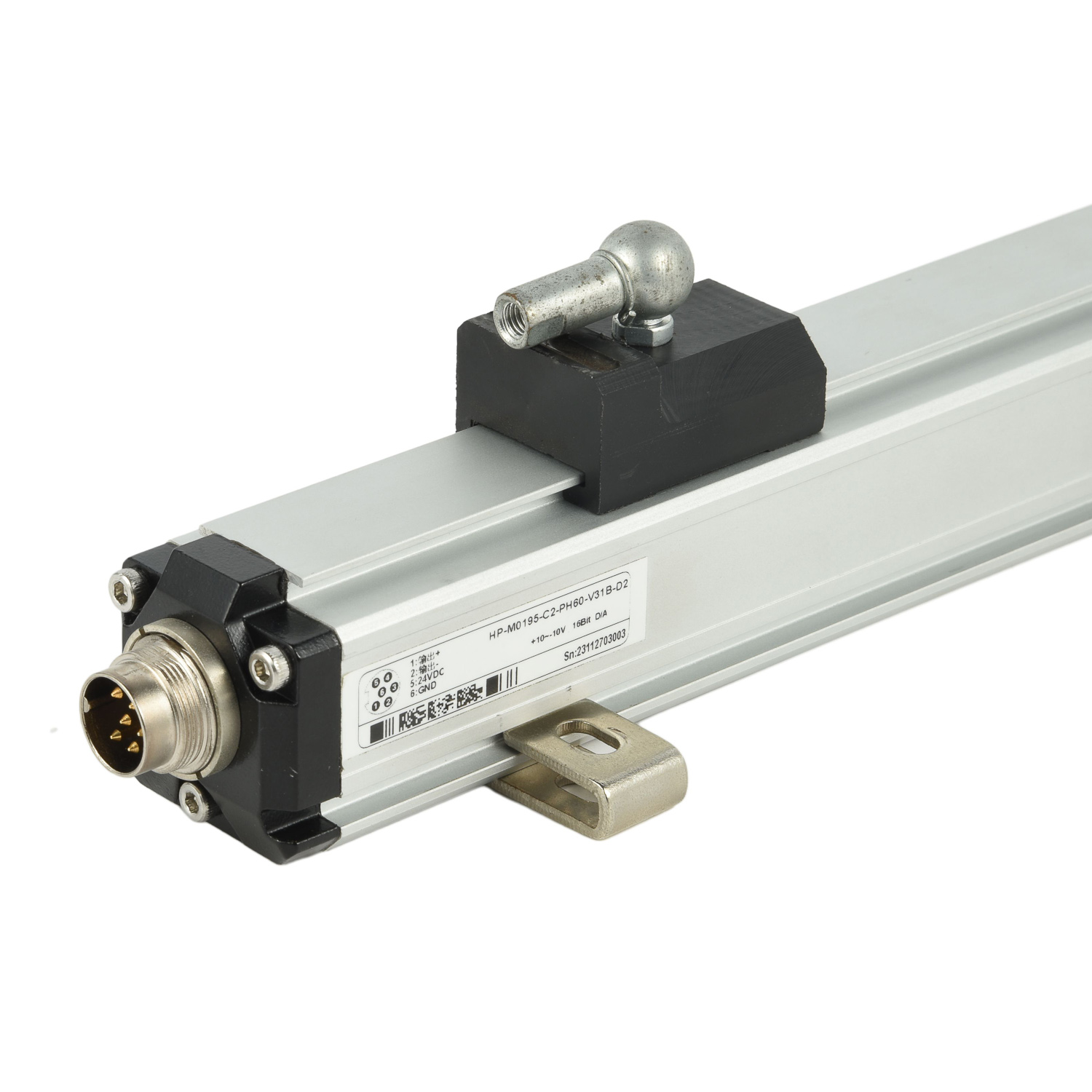
The fundamental design of non-contact magnetostrictive measurement systems inherently promotes exceptional reliability. Since the sensing element doesn't physically contact the float or the process media, there's minimal mechanical wear. This robust construction allows these sensors to maintain optimal performance even in challenging industrial environments with vibration, temperature fluctuations, and aggressive media. The elimination of mechanical contact points significantly extends the operational lifespan, reducing the frequency of sensor replacements and associated downtime.
Reduced Maintenance Requirements
One of the most significant advantages of non-contact magnetostrictive technology is its minimal maintenance demands. Traditional level measurement devices often require regular calibration, mechanical adjustments, or replacement of worn components. In contrast, magnetostrictive sensors maintain their calibration over time due to their stable operating principle. The non-contact operation prevents issues like stem wear, bearing failure, or linkage problems common in mechanical sensors. This translates to lower maintenance costs, reduced spare parts inventory, and less operator intervention.
Superior Performance in Challenging Applications
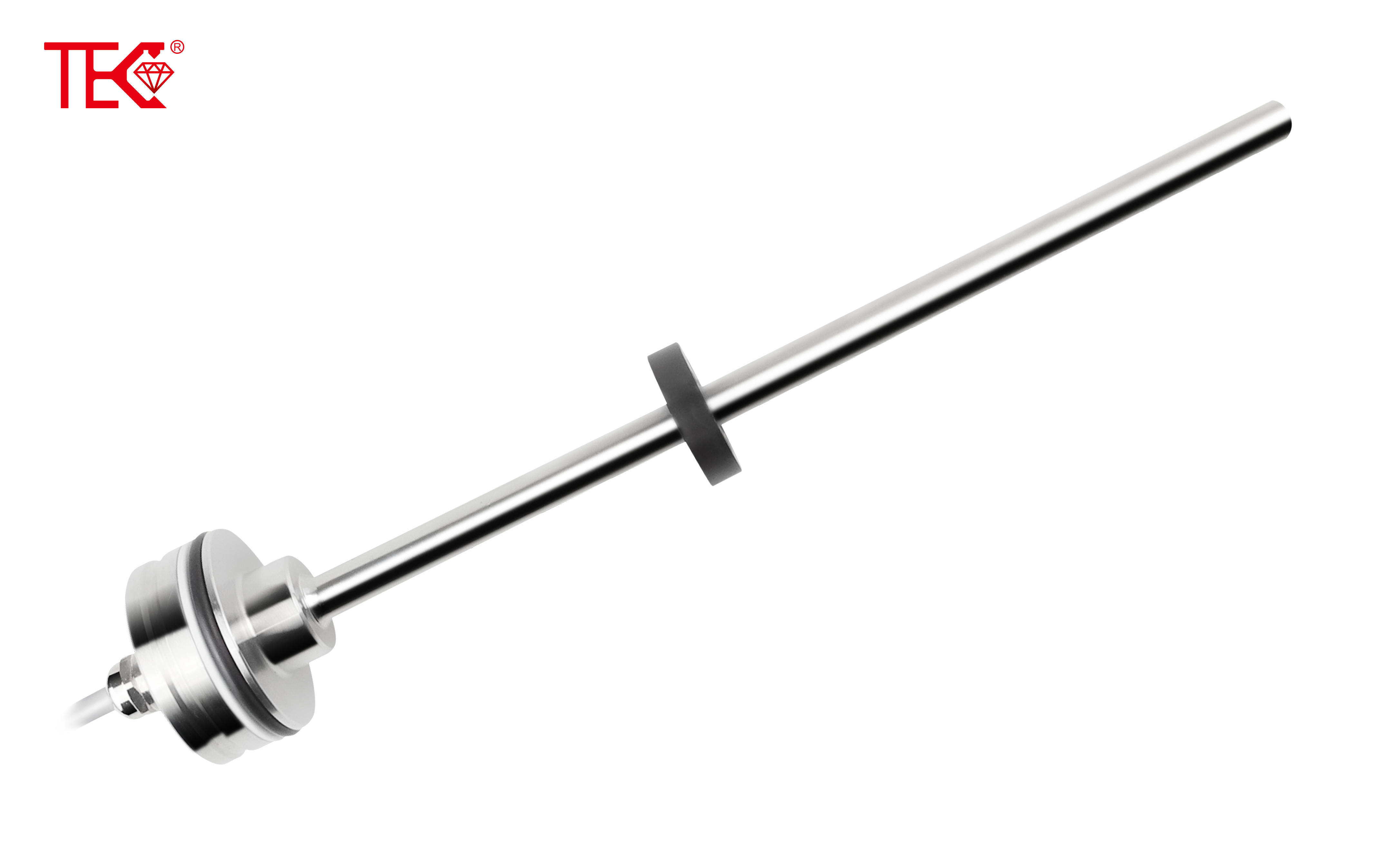
Non-contact magnetostrictive level measurement excels where other technologies struggle. These sensors perform reliably with various liquid types, including corrosive chemicals, high-purity pharmaceuticals, and high-viscosity fluids. They maintain accuracy despite changing process conditions such as density variations, foam formation, or temperature changes. The technology is particularly valuable in applications requiring hygienic standards, as the smooth sensor construction prevents contamination buildup and allows for thorough cleaning procedures.
Easy Installation and Integration
Modern non-contact magnetostrictive level sensors are designed for straightforward installation and seamless integration into existing control systems. Their compact design facilitates installation in spaces where other measurement devices might not fit. Most units offer multiple output options, including analog and digital communication protocols, ensuring compatibility with various control architectures. The intuitive configuration and calibration procedures further simplify implementation, reducing installation time and costs while ensuring quick operational readiness.
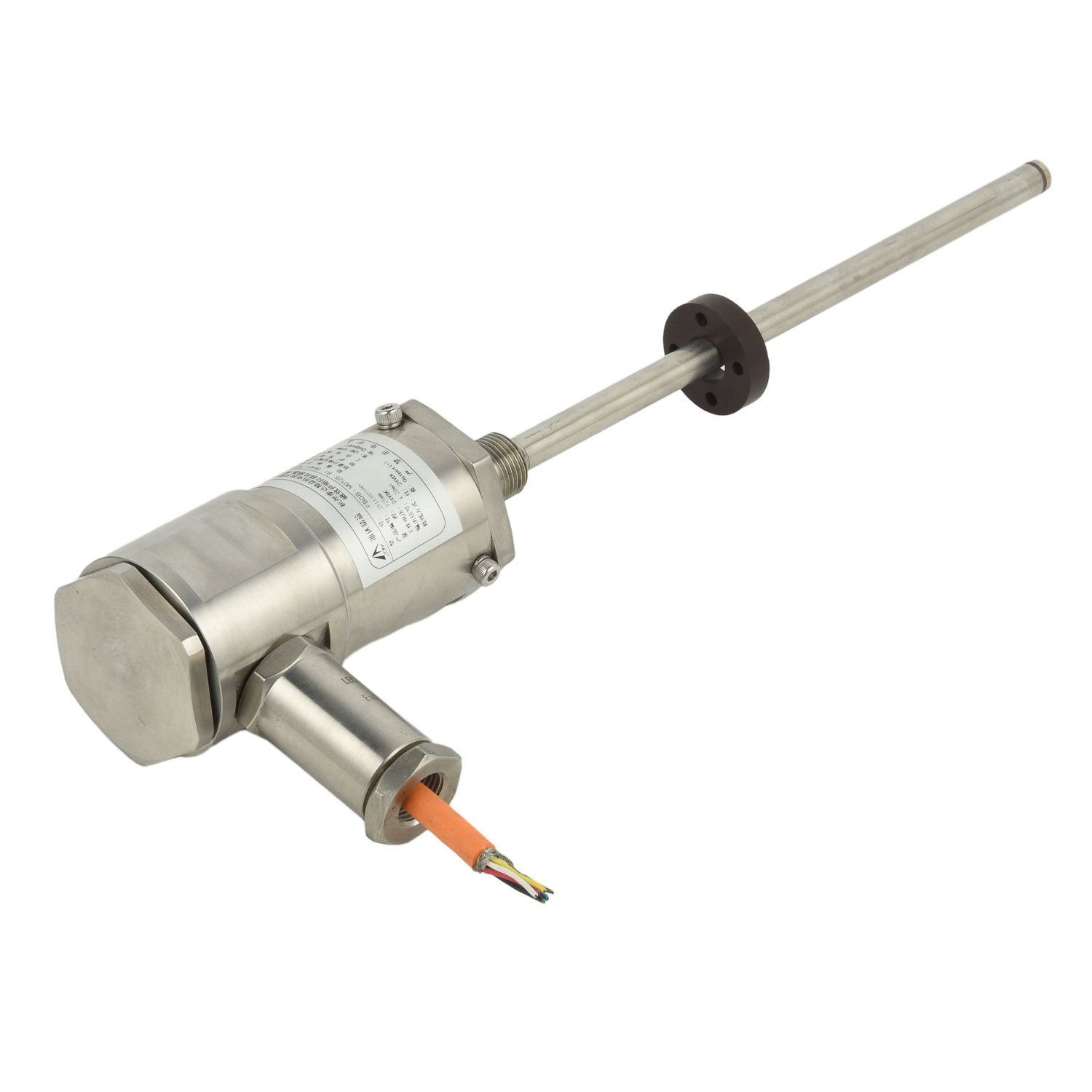 UpgradingYourLevelMeasurementS
UpgradingYourLevelMeasurementS
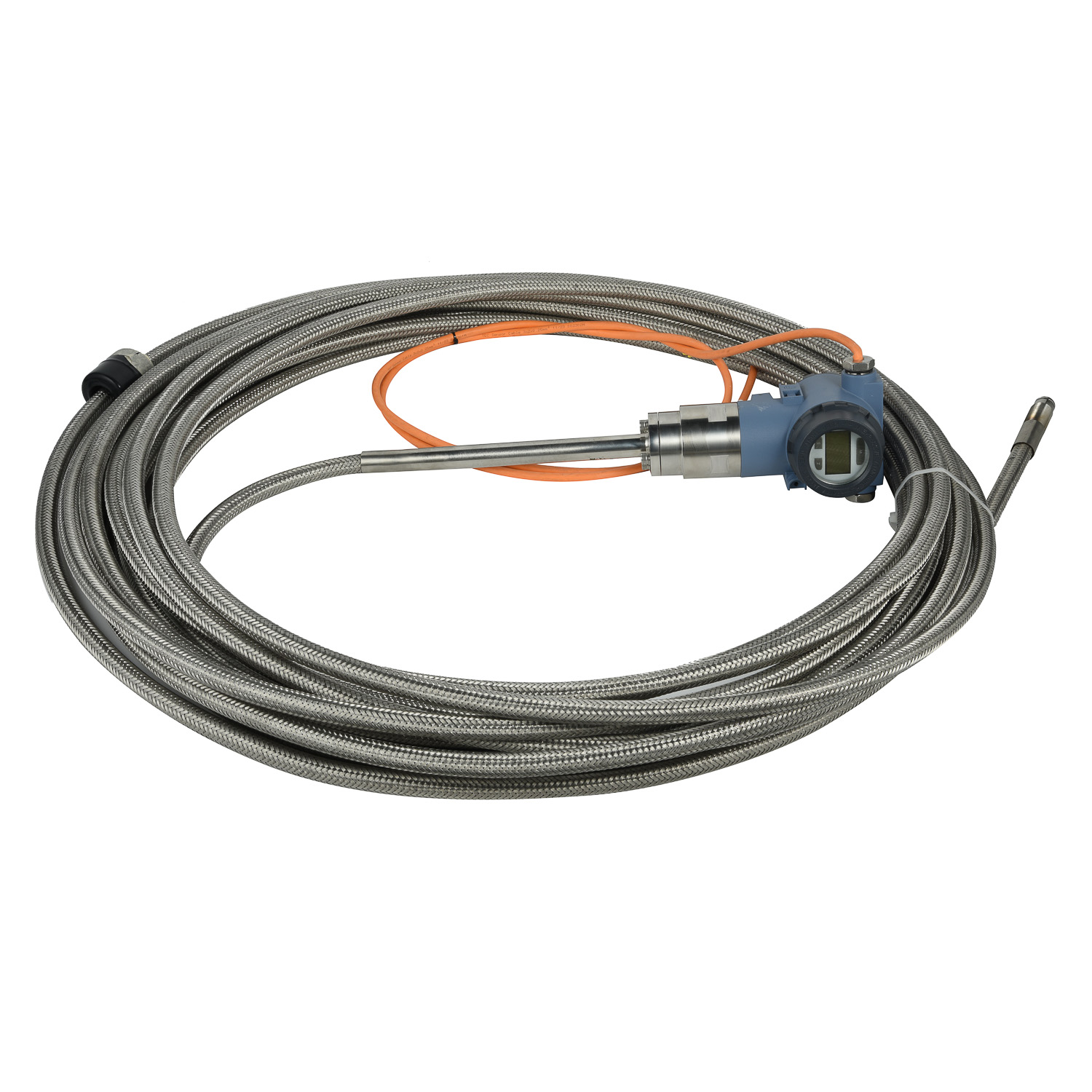 Why are magnetostrictive level
Why are magnetostrictive level
 ComparingMagnetostrictiveandRa
ComparingMagnetostrictiveandRa
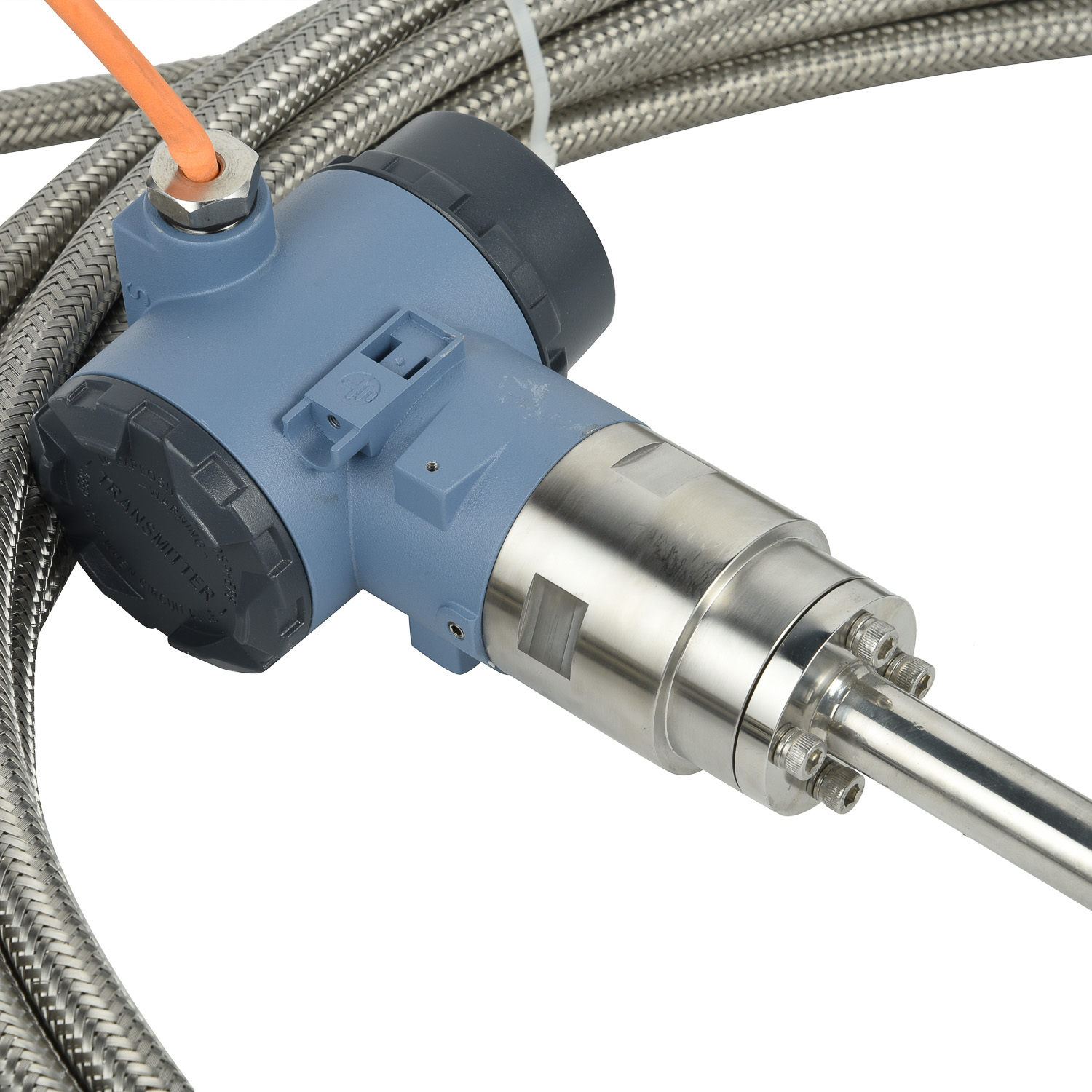 MagnetostrictiveLevelSensorfor
MagnetostrictiveLevelSensorfor
